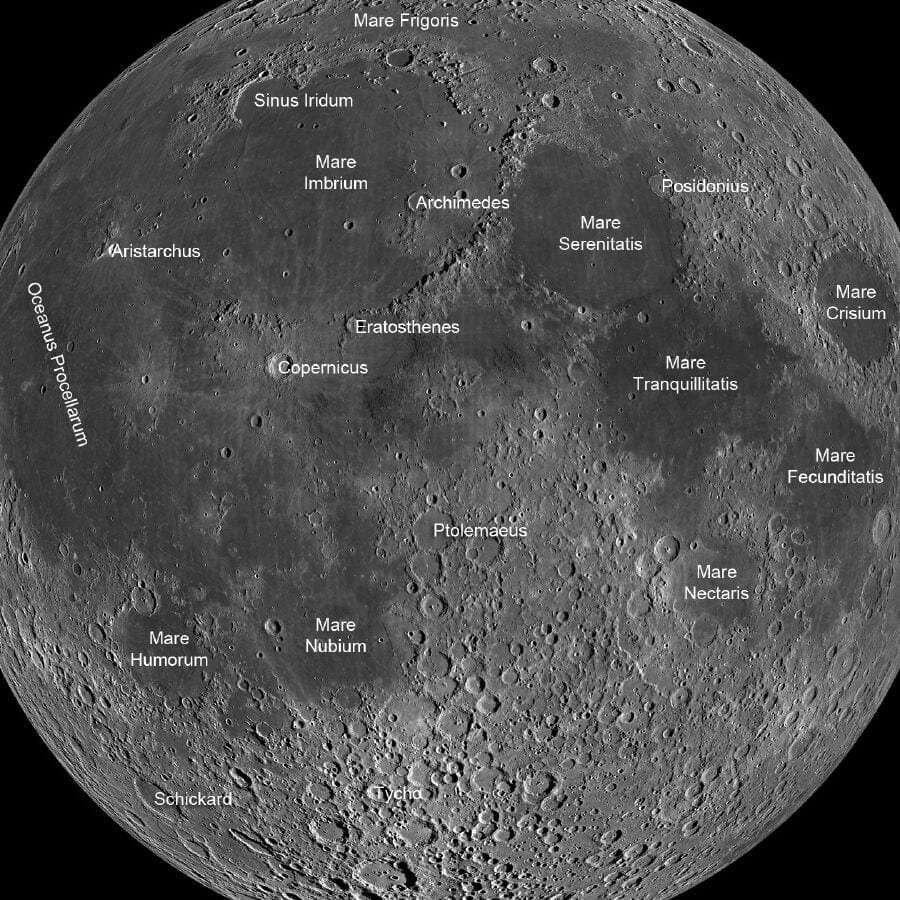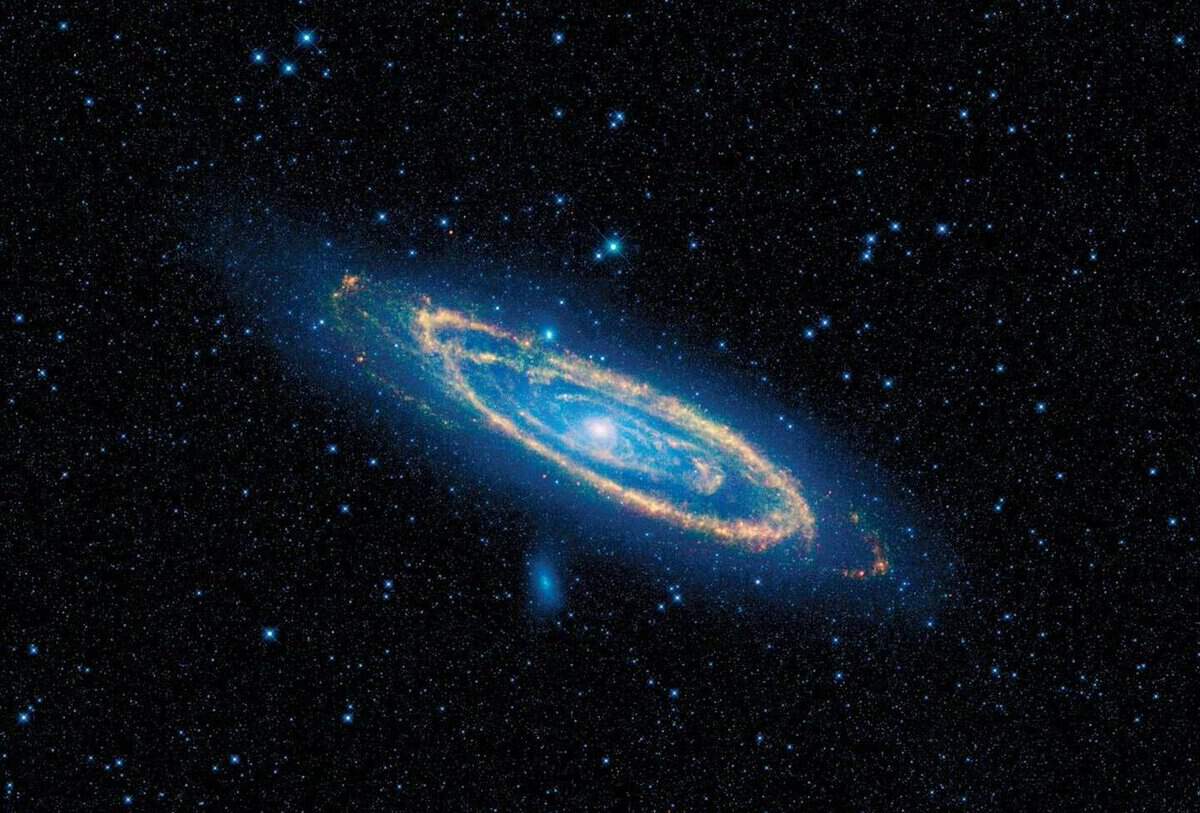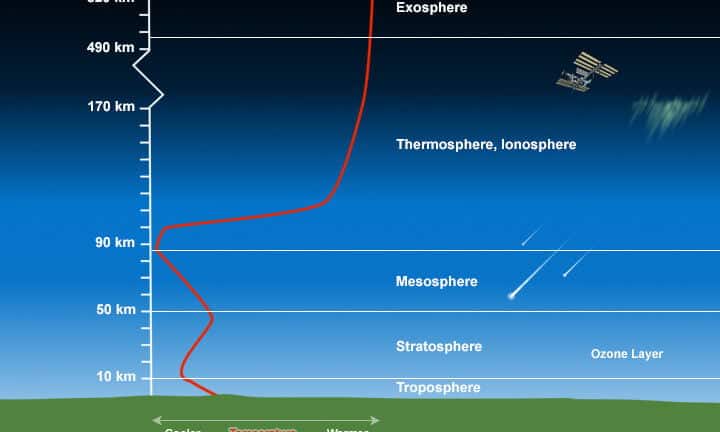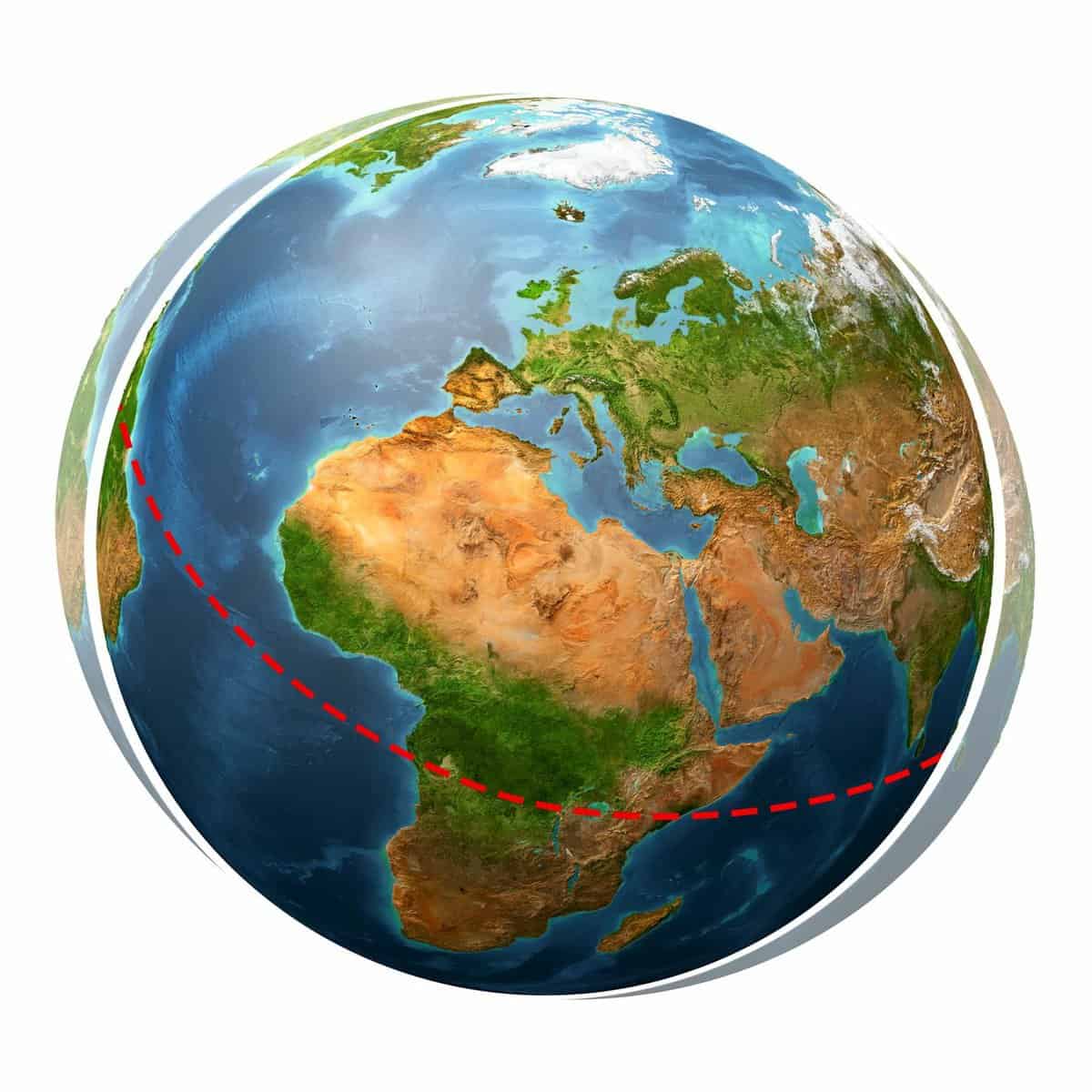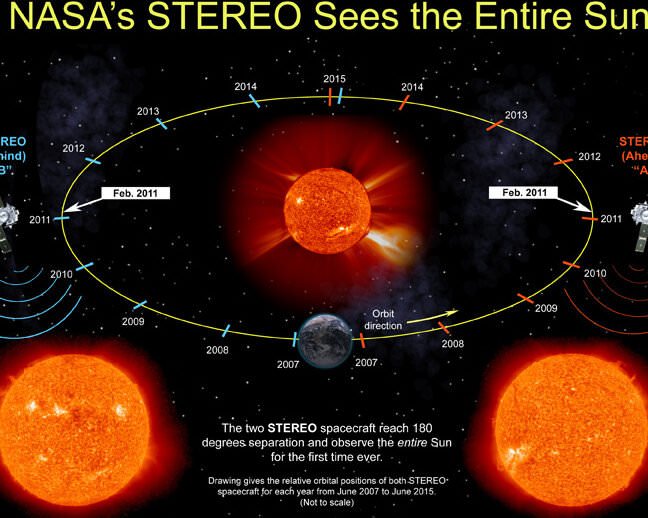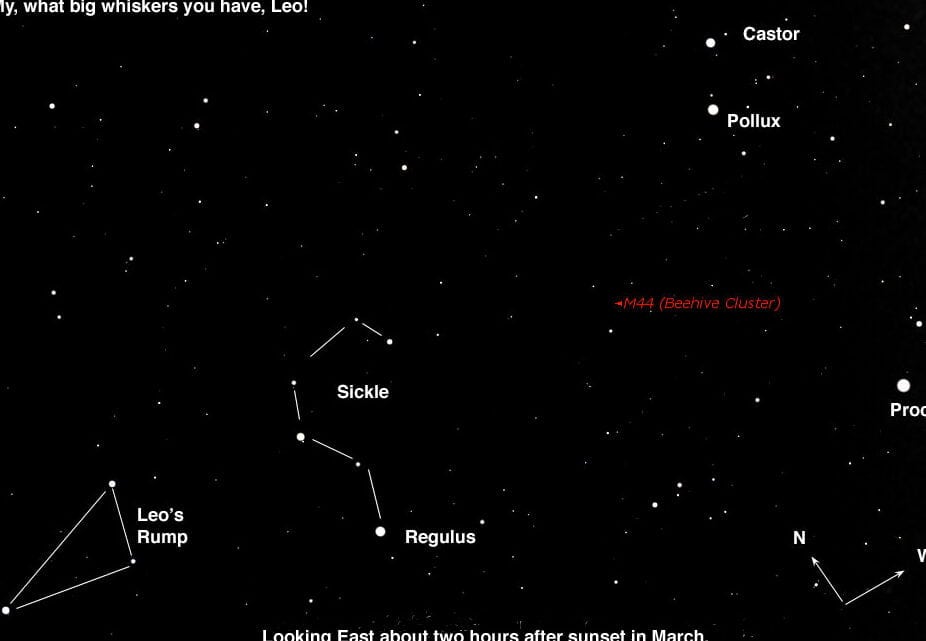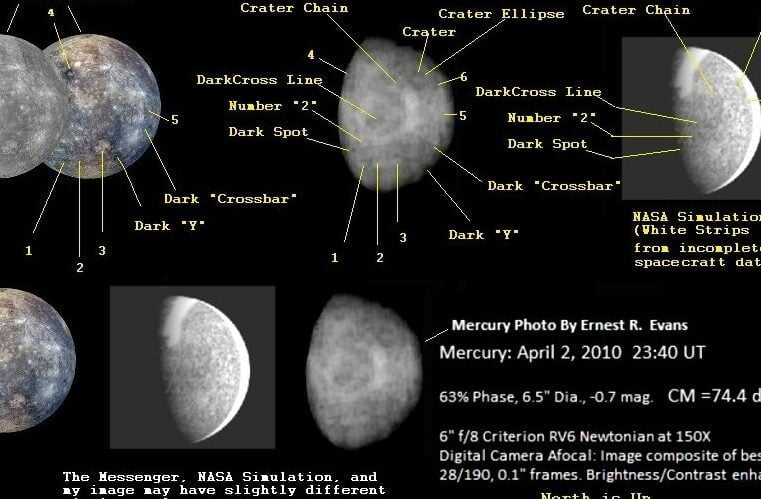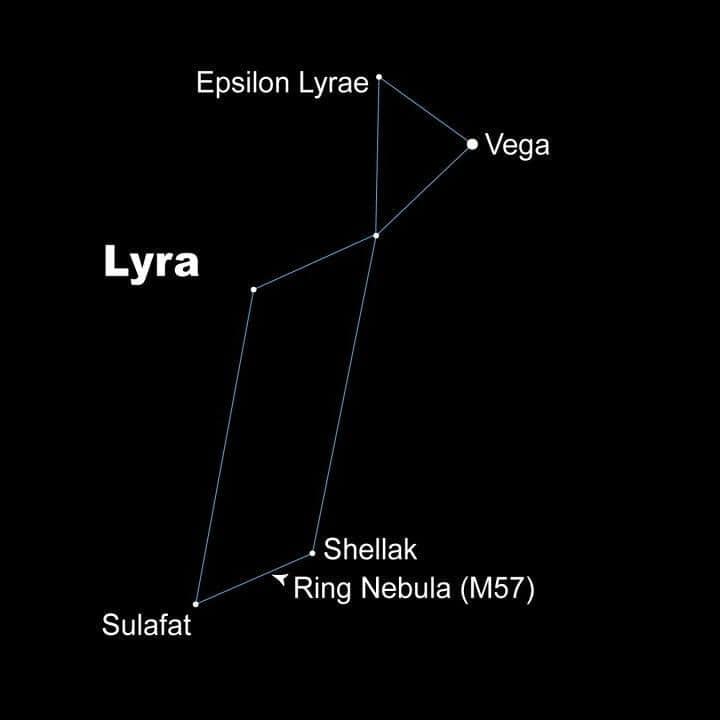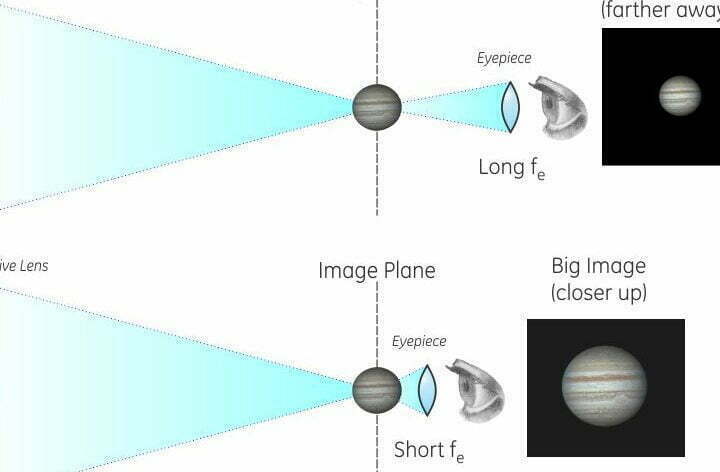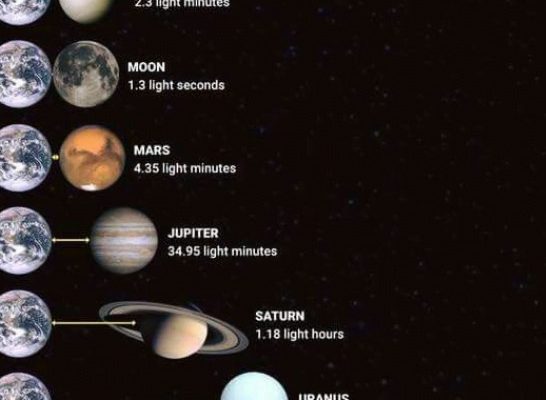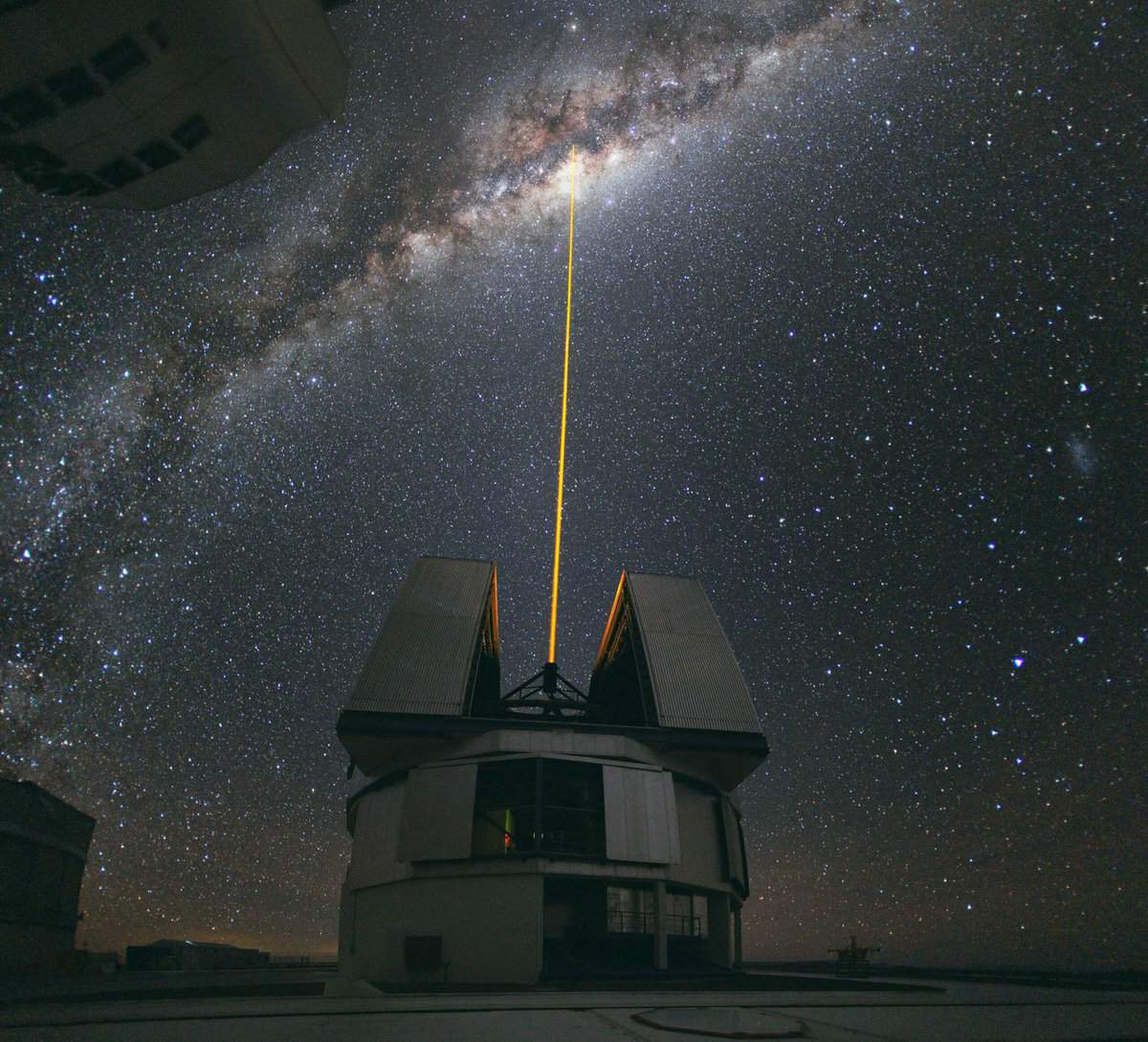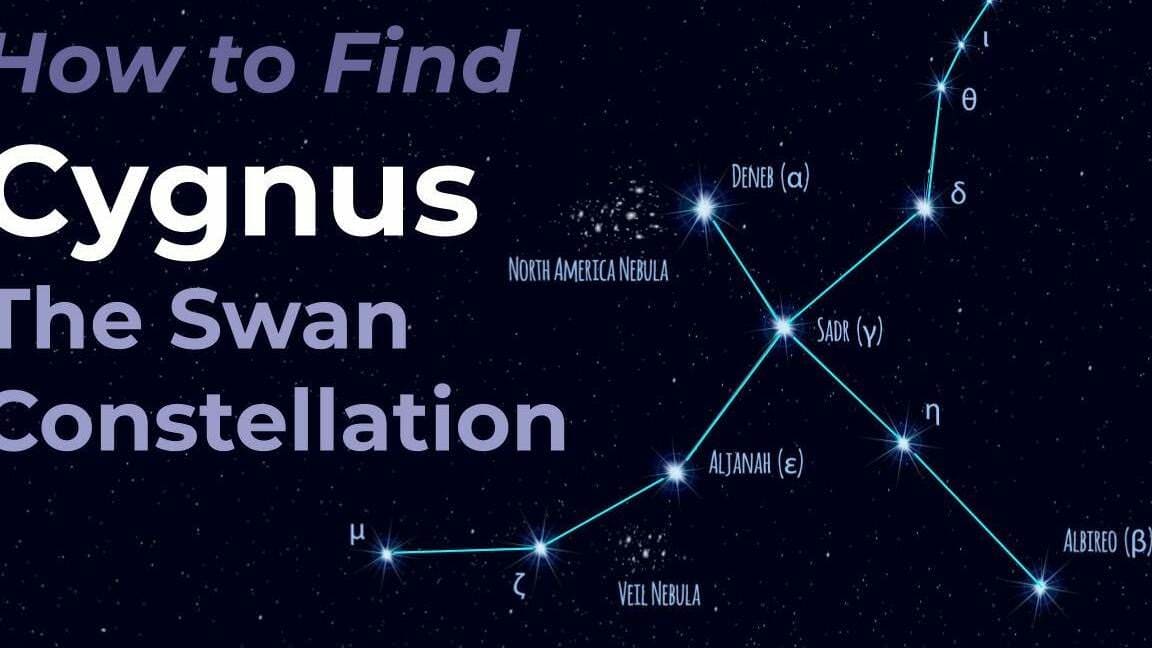
Where can you find the constellation of the swan?
The swan is a highly noticeable constellation that can be found in the northern sky. Its Latin name, “Cygnus,” translates to “swan.” It is connected to the mythological story of Zeus and Leda. Locating this constellation is relatively easy as it contains the well-known asterism, the Northern Cross. Ptolemy included this constellation in his catalog…


